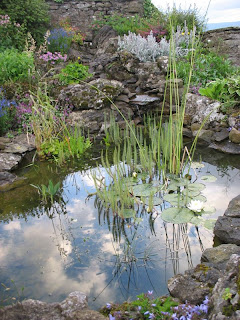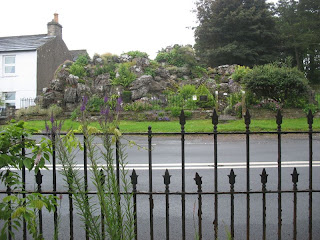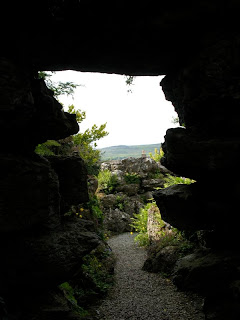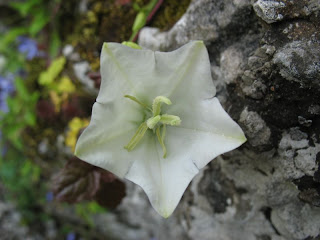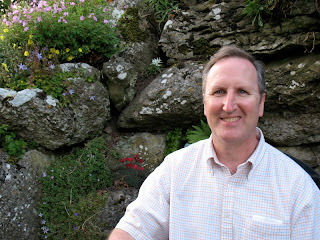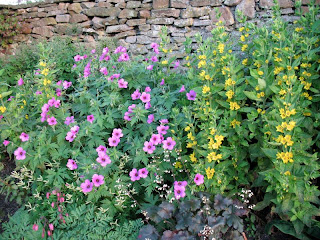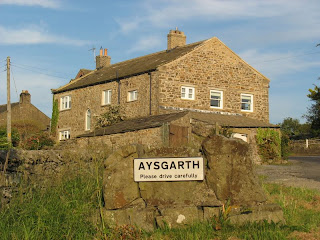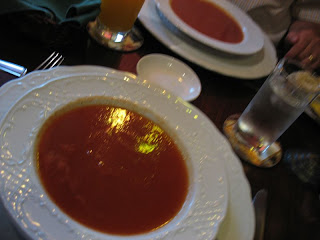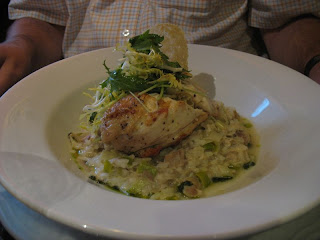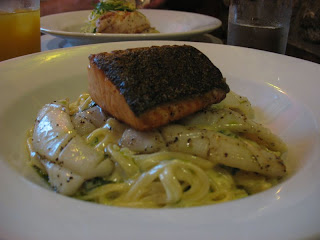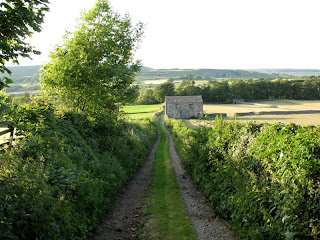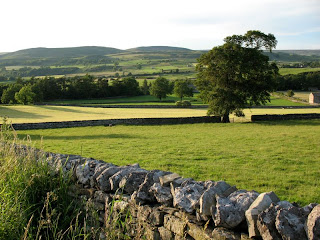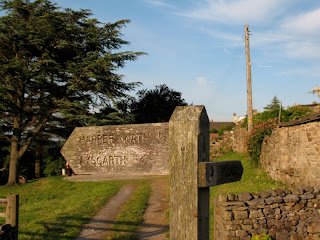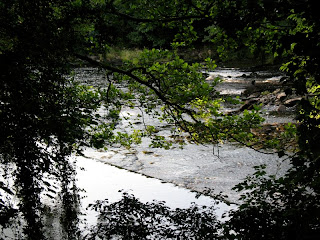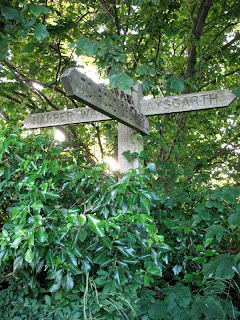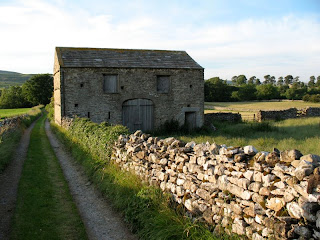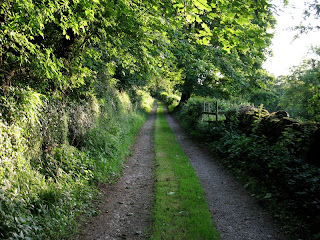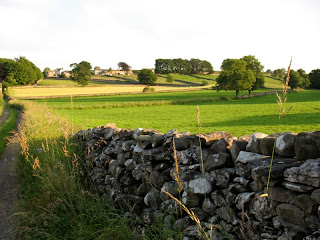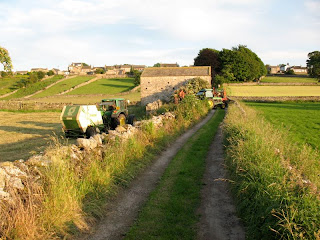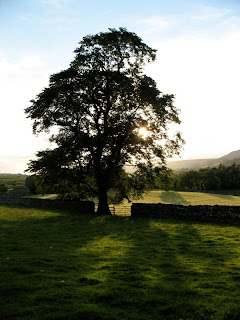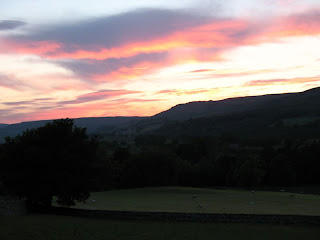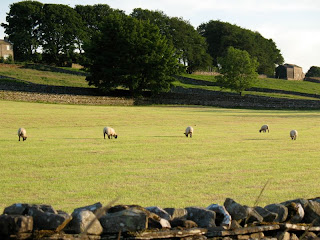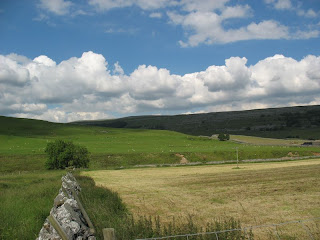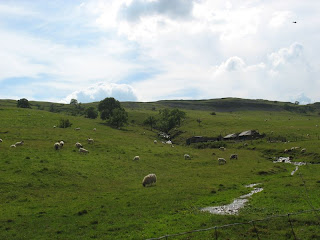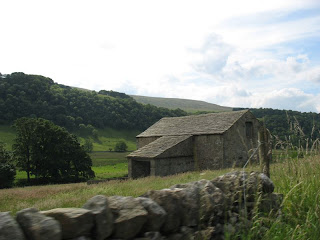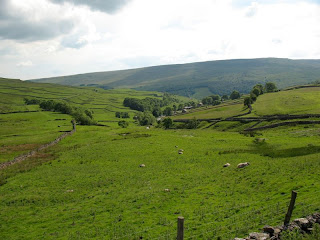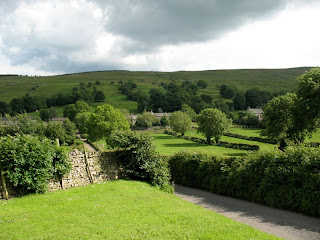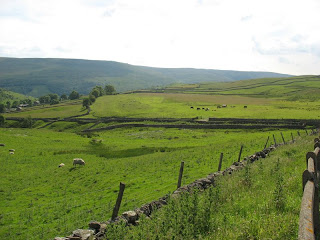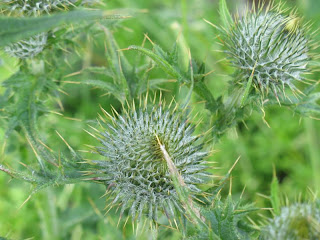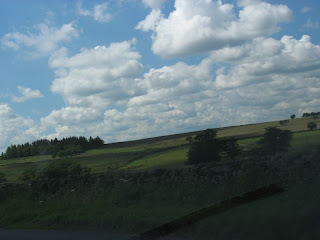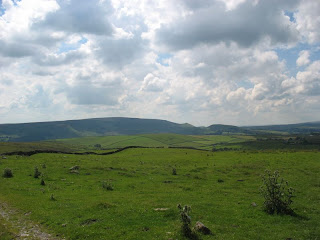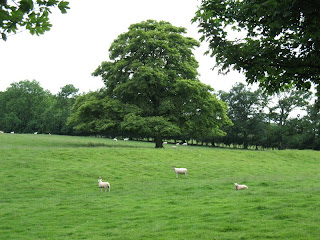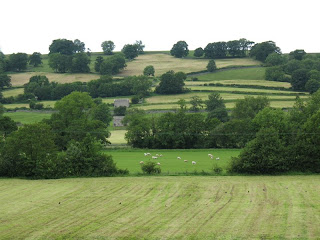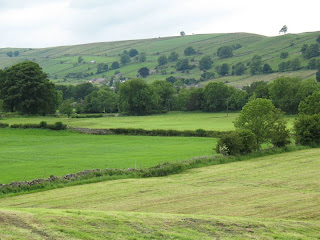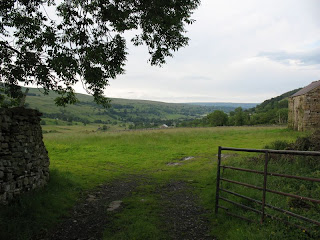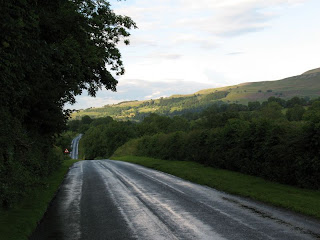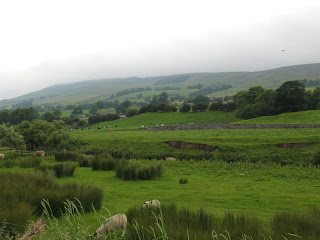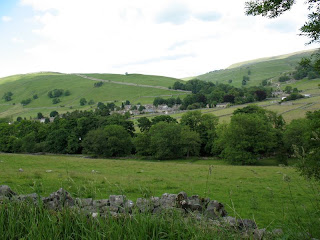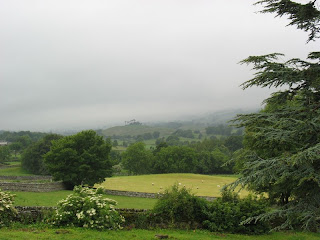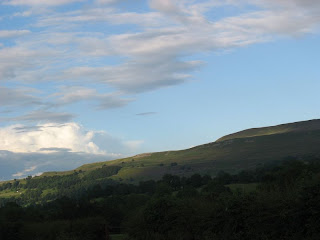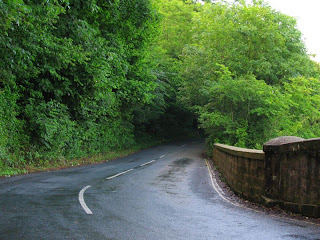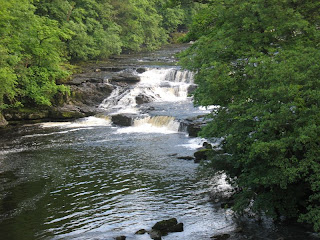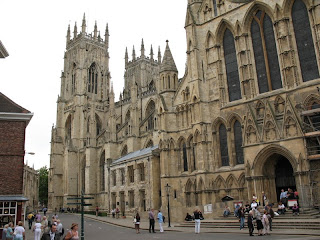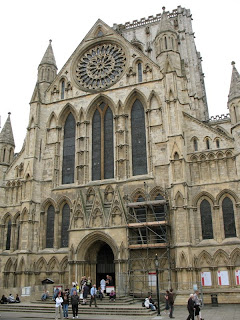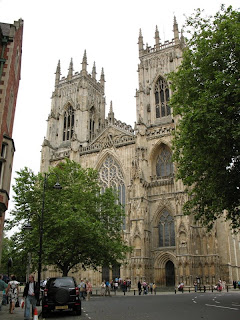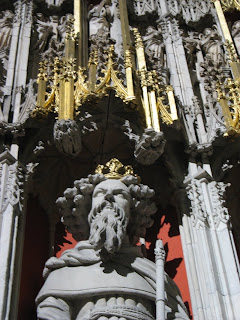July 4th–Happy Independence Day
To celebrate properly, we decided that we should sing Our Country ‘Tis of Thee as we drove along small country roads. The tune is based on the English melody God Save the Queen. Fitting, we thought. We really owe a great debt to being of English lineage; when I say “we” I mean three of us: the USA, and both Dave and I.
We left Fountains Abbey, and drove down a yellow road. I should explain. On the maps there are blue motorways (like an American freeway), green highways (some divided, most only two healthy-sized lanes with side shoulders), red roads (two lanes sometimes with a dashed line showing division). After that come the yellow roads, which have NO shoulders, no dashed lines, but are wide enough for two cars. And sometimes a farmer’s tractor and a car. The last one, which we went on for about 100 feet and quickly turned around are known, according to my niece Jessica, as the “white roads of death.” Well-marked maps clearly state that they are less than “4 metres wide.” That’s less than two car widths.
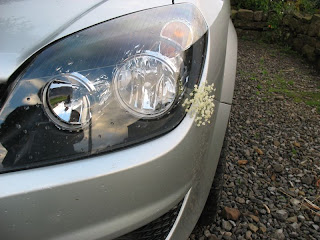
Dave did pretty well. Only occasionally did I say, “a little close over here.” When we arrived at our destination one night we did find a tuft of flowers in our bumper, yet no finger dents in the door handle from the grip of death. I practiced zen-like deep breathing. Just kidding–Dave was fairly good at this by now.
So, we headed on the yellow road to Grassington. Lots of websites raved about this little town. I frankly just wasn’t in the groove yet for little English towns. I guess my head was still in little Italian town mode. There wasn’t much there, really, but we did find the toffee shop where we purchased some goodies for the drive.

A wonderful shade of green, on a door in a rock wall.
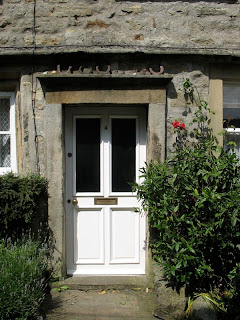 Loved the horse shoes over the door. For a long time, we hung a four-leaf clover over our front door. I finally gave it back to Matthew (who had found it), but I like to think that this brought us luck.
Loved the horse shoes over the door. For a long time, we hung a four-leaf clover over our front door. I finally gave it back to Matthew (who had found it), but I like to think that this brought us luck.
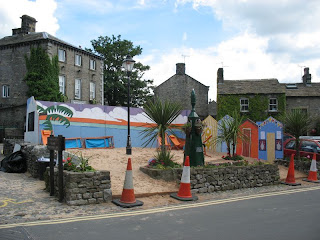 Finally, I’m getting in the mood for rock walls, green fields and small gray building-towns. But as we stride by, I notice they are hungering after Southern California beach.
Finally, I’m getting in the mood for rock walls, green fields and small gray building-towns. But as we stride by, I notice they are hungering after Southern California beach.
I had begun my search for Whitby Jet in York, fixating on this type of “stone” as it was from the area. (If you want to know about it, watch Persuasion with Gwyneth Paltrow–in one scene she is shown in Hammond’s shop in Whitby with a lovely carved black brooch on her coat. Below are some earrings.)
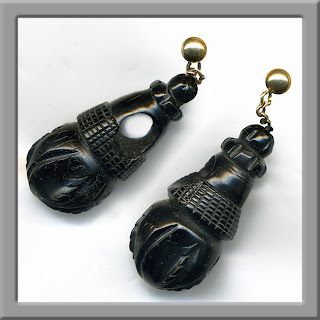
We toyed with the idea of driving to Whitby, but couldn’t execute (too tired). The prices in York at Hammond’s shop, already steep, seemed too high with the exchange rate of two dollars to a pound. So I passed on a necklace there. I wondered if I could find Whitby Jet in the netherlands, maybe at a jewelry or at antiques shop.
In Grassington, I visited with a woman in a jewelry shop about Whitby Jet. She said it should sound like plastic when you tap it against you teeth. If it sounds “sharp” then it’s French Jet, and is made of glass. I asked her if she had any for sale, and she didn’t. But she did bring out her collection of jet bracelets that she’d picked up at auctions. With her permission, I tapped the stones of one bracelet against my teeth–yep, sounded like plastic. She wouldn’t sell any of her bracelets, and there was no other in the shop. Although Dave and I looked for it after that, it was not to be found.
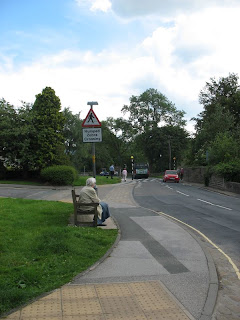 Couldn’t resist taking a picture of this sign–Humped Zebra Crossing–which meant the stripes painted on the speed bump on the road, not the lady waiting on the bench.
Couldn’t resist taking a picture of this sign–Humped Zebra Crossing–which meant the stripes painted on the speed bump on the road, not the lady waiting on the bench.
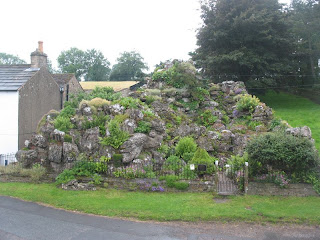 When the present owners purchased the house, it “came” with the Rock Garden, which was fairly run-down and in bad condition. Angela, one of the owners, has restored it and it is quite interesting. Quite a novelty.
When the present owners purchased the house, it “came” with the Rock Garden, which was fairly run-down and in bad condition. Angela, one of the owners, has restored it and it is quite interesting. Quite a novelty.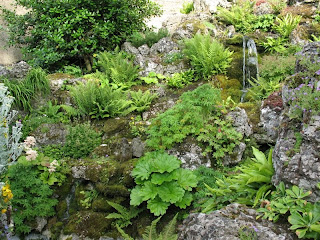
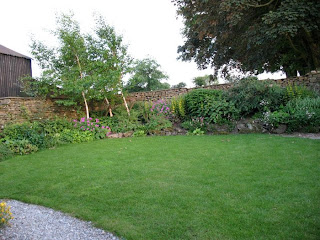 This area has a little bench, grassy area rimmed with large rocks and plantings. A quiet oasis.
This area has a little bench, grassy area rimmed with large rocks and plantings. A quiet oasis.